Mobile continues to be one of the fastest growing sectors in tech and these apps see some amazing usage and downloads. Here are the most popular mobile apps available.
Apple iTunes ~ 40 million unique users – Music
With Apple’s iPhone as the most popular phones it makes sense that a music app that comes pre-loaded would see some success.
Yahoo! Stocks ~ 42 million unique users – Finance
Yahoo! as a company has been focusing on mobile as a growth sector under CEO Marissa Meyer. Yahoo! Stocks app is a strong step in the right direction.
Instagram ~ 44 million unique users – Social
Facebook’s purchase of Instagram for $1 Billion is looking like great investment. Instagram continues to see growth rates usually reserved for new viral apps.
Gmail ~ 70 million unique users – Email
Gmail has won over its wide array of users through its simple to use interface. But they are not resting on their laurels. They are currently working through the kinks on their newest email app, Inbox.
Google Maps ~ 71 million unique users – Maps Service
Google has perfected the most useful, efficient and user-friendly maps app on desktop and mobile. Apple once tried to replace it with their maps app. It didn’t work out well.
Google Play ~ 79 million unique users – App Store
An app to download apps. Google Play is automatically added to every android phone and used to download whatever the heart desires.
Google Search ~ 80 million unique users – Search App
“Just Google It” This app does exactly that giving the user a way to quickly google something in their material design interface.
YouTube ~ 87 million unique users – Video App
Yes. The last five apps are Google properties. Google purchased YouTube in 2006 for 1.65 Billion dollars and though it has grown into the best place video social network and music video website and app it barely profits.
Facebook ~ 116 million unique users – Social Network
As big as it is it continues to see double digit growth in app users. It is by far the most used app on phones and tablets.

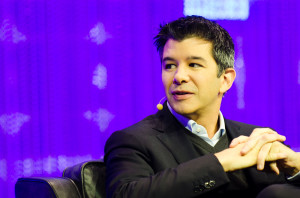




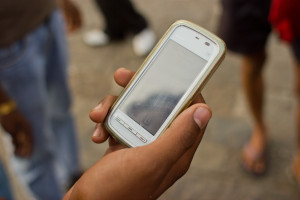

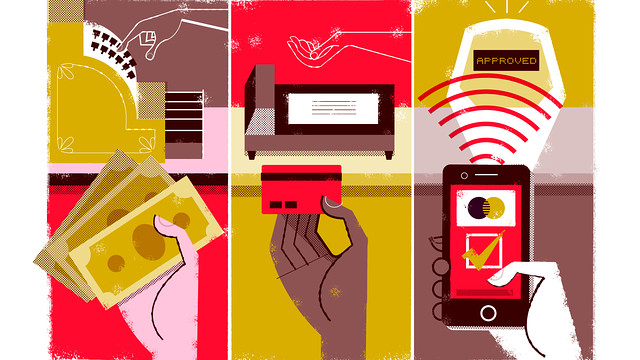
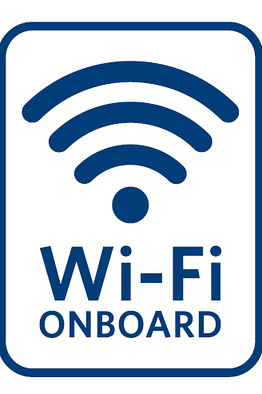 As technology becomes progressively more important to travelers, Digital Trends was prompted to survey the currently available technology provided by airlines, as well as what is on the horizon to be rolled out. Their findings were published in an article for the website, in which the author ranks existing technology on airlines. In general, there were several prevalent trends. All airlines offer online check-in services; Wi-Fi is in the process of becoming as prevalent, although it is a slower task. Social media sites are used by all airlines, for varying purposes. Most often, the sites are used to provide real time news, such as delays, or to assist customers in their travel plans. Power outlets are becoming progressively more prevalent as well, despite the fact that they were once only available in the more exclusive cabins. In general, airlines that operate using only one single type of airplane are quicker to add technology, as different applications for different machines don’t need to be taken. This means that Jetblue, Southwest and Virgin America were generally the flights that provided the most tech options.
As technology becomes progressively more important to travelers, Digital Trends was prompted to survey the currently available technology provided by airlines, as well as what is on the horizon to be rolled out. Their findings were published in an article for the website, in which the author ranks existing technology on airlines. In general, there were several prevalent trends. All airlines offer online check-in services; Wi-Fi is in the process of becoming as prevalent, although it is a slower task. Social media sites are used by all airlines, for varying purposes. Most often, the sites are used to provide real time news, such as delays, or to assist customers in their travel plans. Power outlets are becoming progressively more prevalent as well, despite the fact that they were once only available in the more exclusive cabins. In general, airlines that operate using only one single type of airplane are quicker to add technology, as different applications for different machines don’t need to be taken. This means that Jetblue, Southwest and Virgin America were generally the flights that provided the most tech options. Mobile devices and technology have changed the terrain of school, classrooms and learning. This generation of students can’t settle for sitting in a classroom and mindlessly attempting to absorb information. Instead, they need to physically pursue information. As a result, an initiative by Pearson, an educational company, is now attempting to liberate students from the traditional constrictive classroom environment, according an article recently completed by Nasdaq.
Mobile devices and technology have changed the terrain of school, classrooms and learning. This generation of students can’t settle for sitting in a classroom and mindlessly attempting to absorb information. Instead, they need to physically pursue information. As a result, an initiative by Pearson, an educational company, is now attempting to liberate students from the traditional constrictive classroom environment, according an article recently completed by Nasdaq.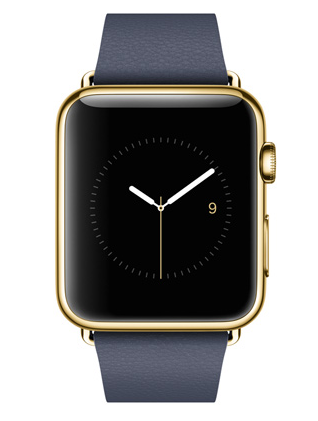 At Apple’s much anticipated keynote on September 9th, they shared a few new products. Two new versions of the iPhone 6, one slightly greater in both size and power when compared to the other, a new operating system for said new iPhone, and, as many in the industry expected, they added their own wearable to the market. They call it, rather unimaginatively, the Apple Watch.
At Apple’s much anticipated keynote on September 9th, they shared a few new products. Two new versions of the iPhone 6, one slightly greater in both size and power when compared to the other, a new operating system for said new iPhone, and, as many in the industry expected, they added their own wearable to the market. They call it, rather unimaginatively, the Apple Watch.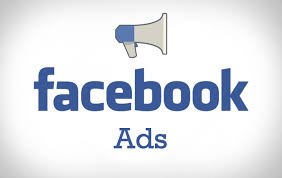 Facebook and its owner Mark Zuckerberg have long been known for a “move fast and break things” approach to business. However, as the corporation turns ten years old and its owner turns thirty in just a few weeks, it appears they are seeking to shake off that reputation as they turn to more mature means of proceeding in business. Several announcements made at the company’s F8 developer conference in San Francisco speak to a more helpful and widespread business plan, according to an
Facebook and its owner Mark Zuckerberg have long been known for a “move fast and break things” approach to business. However, as the corporation turns ten years old and its owner turns thirty in just a few weeks, it appears they are seeking to shake off that reputation as they turn to more mature means of proceeding in business. Several announcements made at the company’s F8 developer conference in San Francisco speak to a more helpful and widespread business plan, according to an